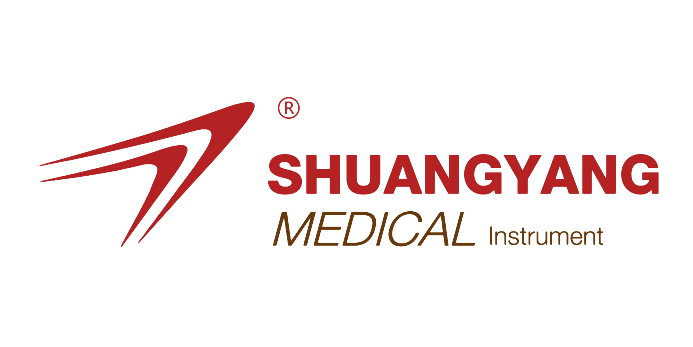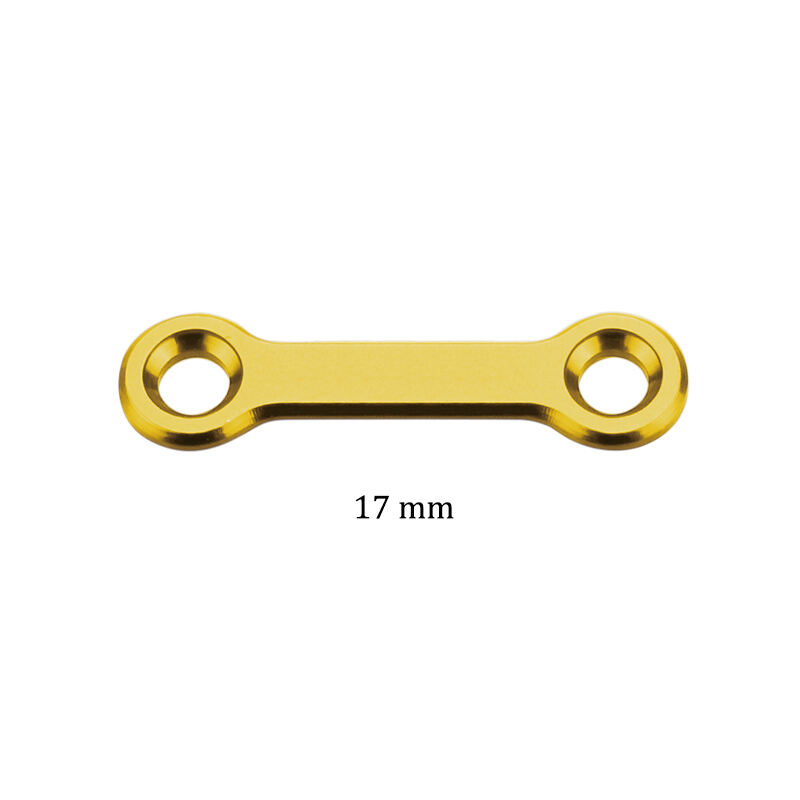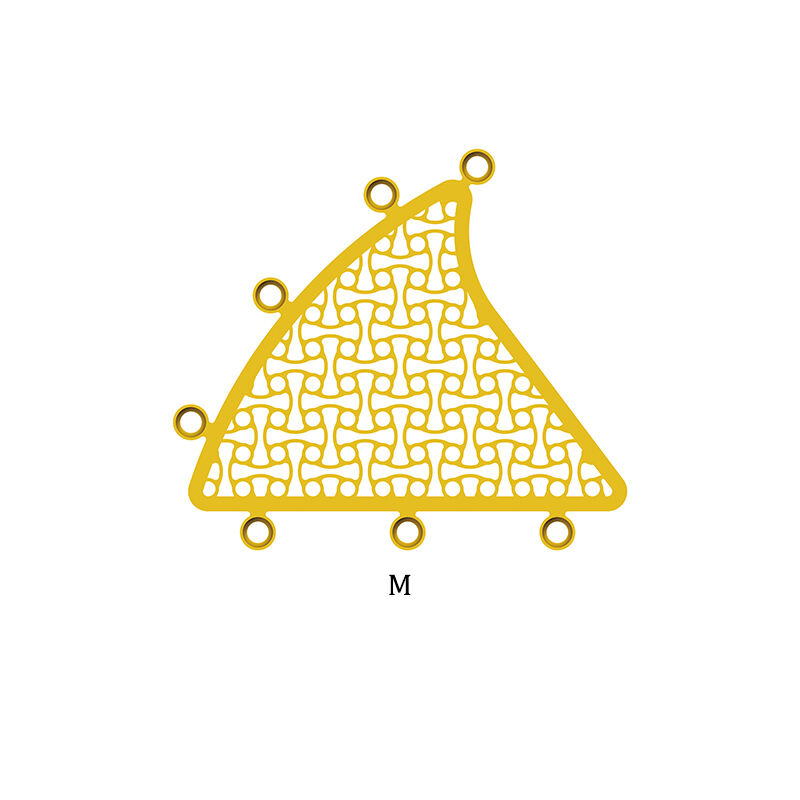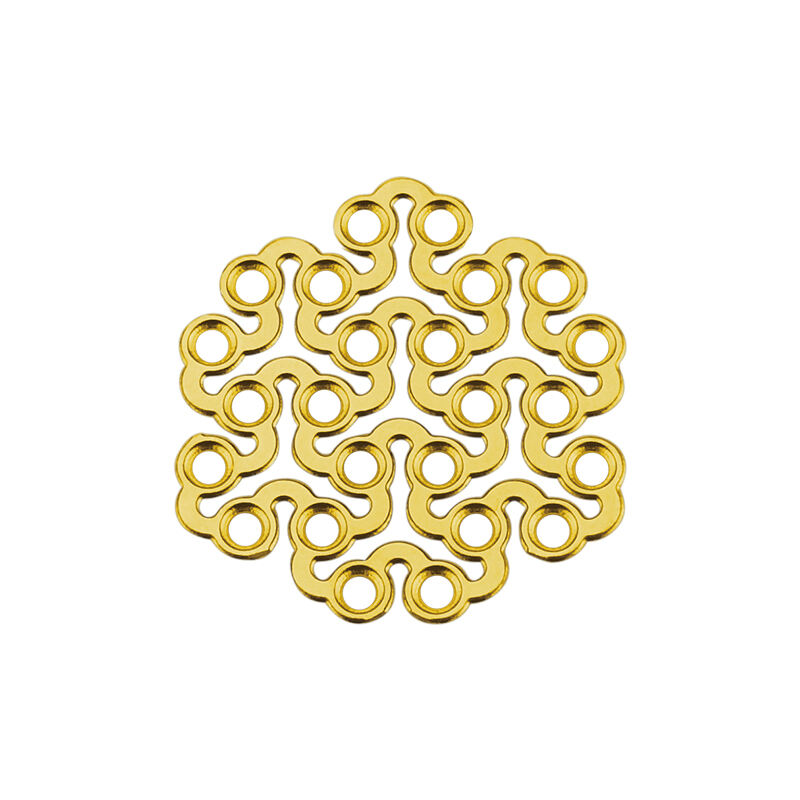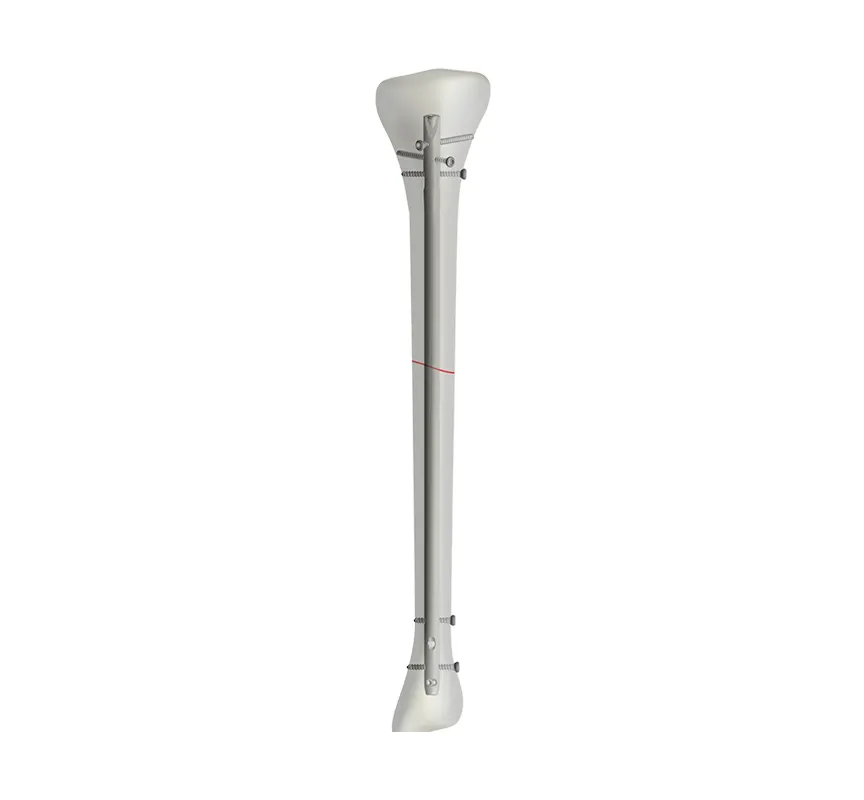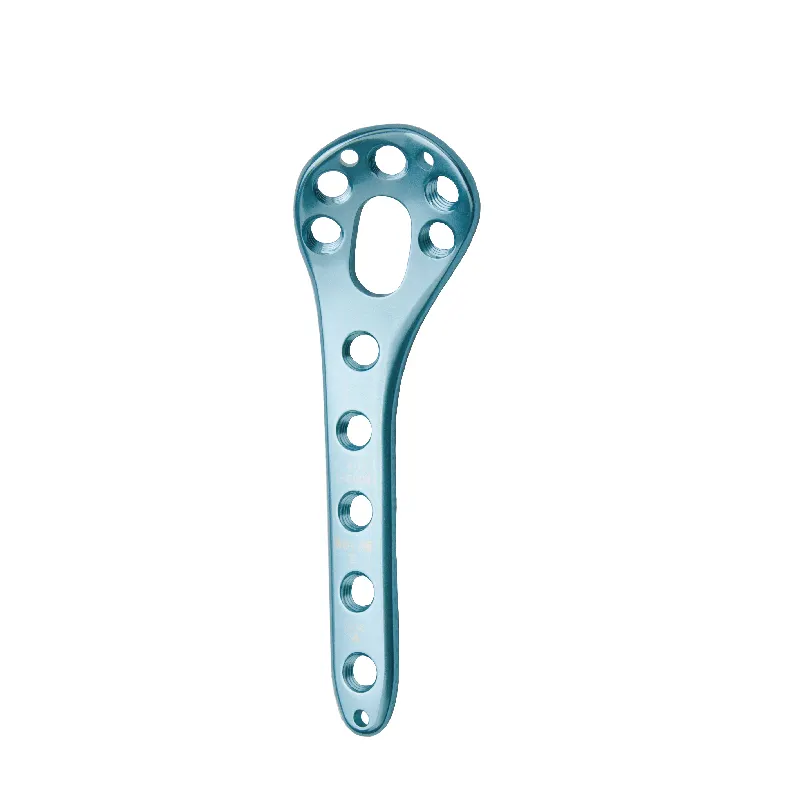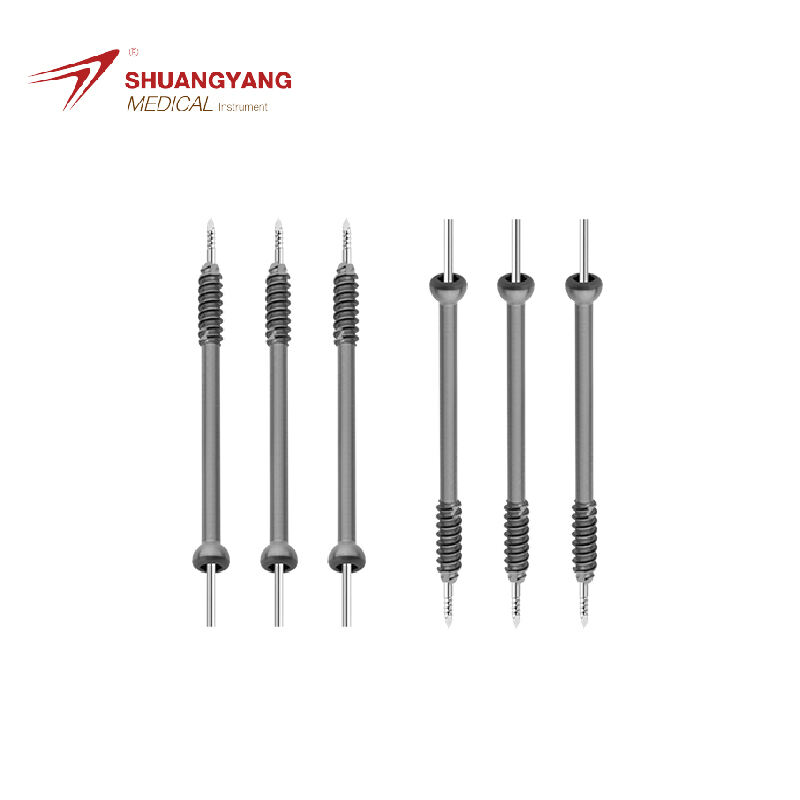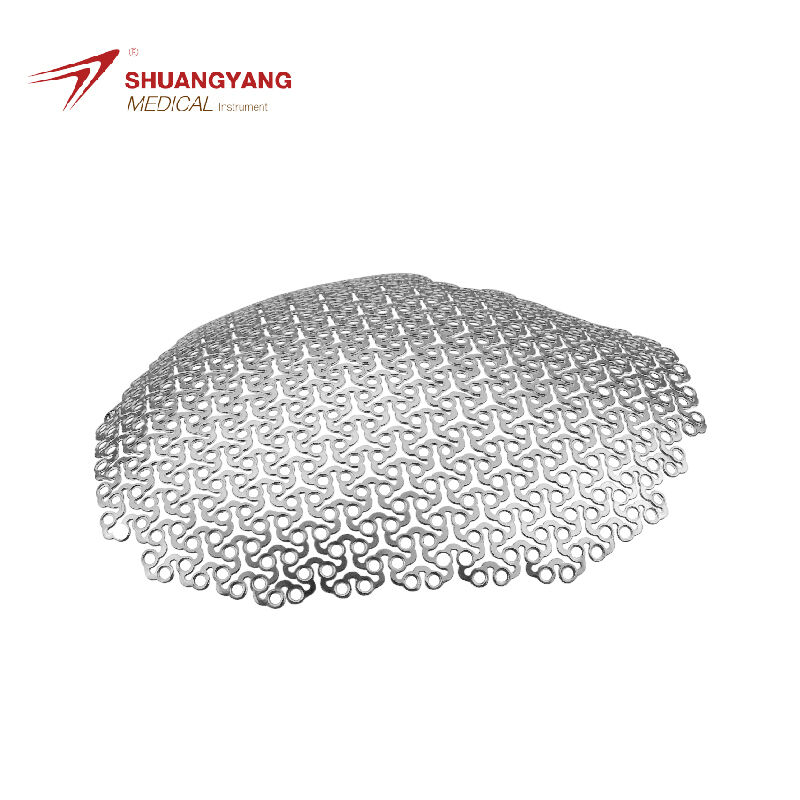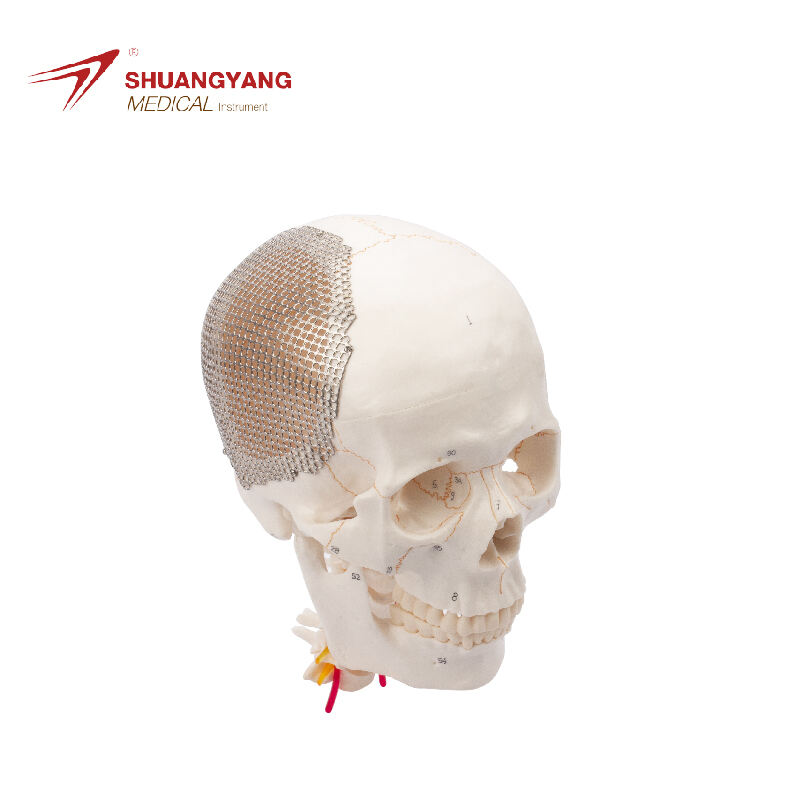orthopedic plate
The orthopedic plate is a medical device designed to stabilize and support fractured or weakened bones. Engineered with precision, its main functions include maintaining bone alignment, facilitating the healing process, and providing structural integrity to the affected area. Technological features of the orthopedic plate include its composition of biocompatible materials, such as titanium or stainless steel, which resist corrosion and minimize the risk of infection. Furthermore, the plates are often designed with a low profile to reduce discomfort and tissue irritation. The applications of orthopedic plates are widespread, from repairing simple fractures to complex reconstructive surgeries, making them an indispensable tool in the field of orthopedic medicine.
 EN
EN
 FR
FR
 ES
ES
 AR
AR
